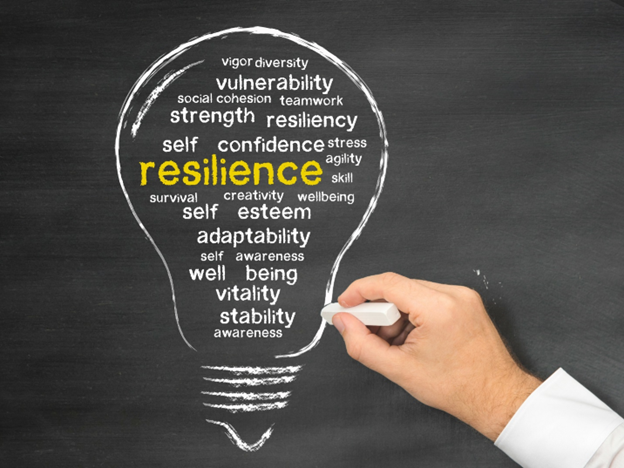
Burnout Part 5 (Resilience vs. Burnout)
The concept of resilience is coming under fire. Find out why in this fifth installment on burnout.
This is the fifth installment in a six-part series of articles on Burnout. The previous installment covered the five stages of burnout and our last installment (next week) will show you how to help employees recover from burnout.
Resilience is often defined as bouncing back from adversity. Think of a boxer who, no matter how many times he ends up flat on his face, climbs back into the ring and continues fighting. In describing resilience it’s often said: it’s not how hard you fall but how high you bounce.
Experts seem to agree that resilience skills are learnable. They include:
- Building coping skills. Exercise, meditation, yoga.
- Being more flexible. Go with the flow. Accept what is and can’t be changed.
- Seeing setbacks as temporary. Tomorrow is another day.
- Nurturing an attitude of gratitude. Make a gratitude list.
- Taking action. Take any action that moves you forward even if only a baby step.
I first heard the term “resilience” back in the 1990’s while attending a conference on stress that was co-sponsored by NIOSH and the American Psychological Association. It was the same conference where I first met Dr. Christina Maslach who was introducing the term burnout. Interestingly, after that conference, resilience really took off while burnout seemed to fade away.
Corporate managers, like the ones at Glaxo Smith Kline (who were speaking about it at that conference) began to include resilience training as part of their approach to behavioral health. Stress management training, they explained, had a negative vibe while resilience training was just the opposite: Stress management implied that there were certain unavoidable stressors that all workers were subject to, while resilience training implied that management could empower workers to rise above their stressors and maintain a sort of immunity to stress by developing the same resilience skills listed above.
This idea took off and resilience quickly became a buzzword in corporate-speak, no less important than Six-sigma. The US Army paid Dr. Martin Seligman $1,000,000 to develop a master resilience training program called “Comprehensive Soldier Fitness.” It included modules on building mental toughness, building character strengths and building strong relationships. And yet right from the beginning I would hear grumblings about how the concept of resilience put the onus of responsibility (for managing stress) on the backs of workers and off the backs of upper-level management.
At a military medical conference, I even heard a high-ranking army doctor call the whole resilience program a bit of a scam: “A glorified advertising program as to what a soldier’s mental and behavioral health should be as opposed to what it really is.”
But thanks to the pandemic and the Great Resignation, management is finally beginning to see, we can no longer focus our complete attention on developing resilience skills while leaving workers on their own to handle burnout. As I pointed out in the first installment, when you look at the top five reasons for burnout in an organization, it’s clear this is a problem that needs to be solved from the top down and can not be solved from the bottom up.
Top five reasons why employees burnout:
- Unfair treatment
- Unmanageable workload
- Lack of role clarity
- Lack of communication and support from manager
- Unreasonable time pressure
So in our final installment next week, we will look at how you can help workers who are suffering from burnout and how to help them avoid burnout in the first place.





James Porter
Author